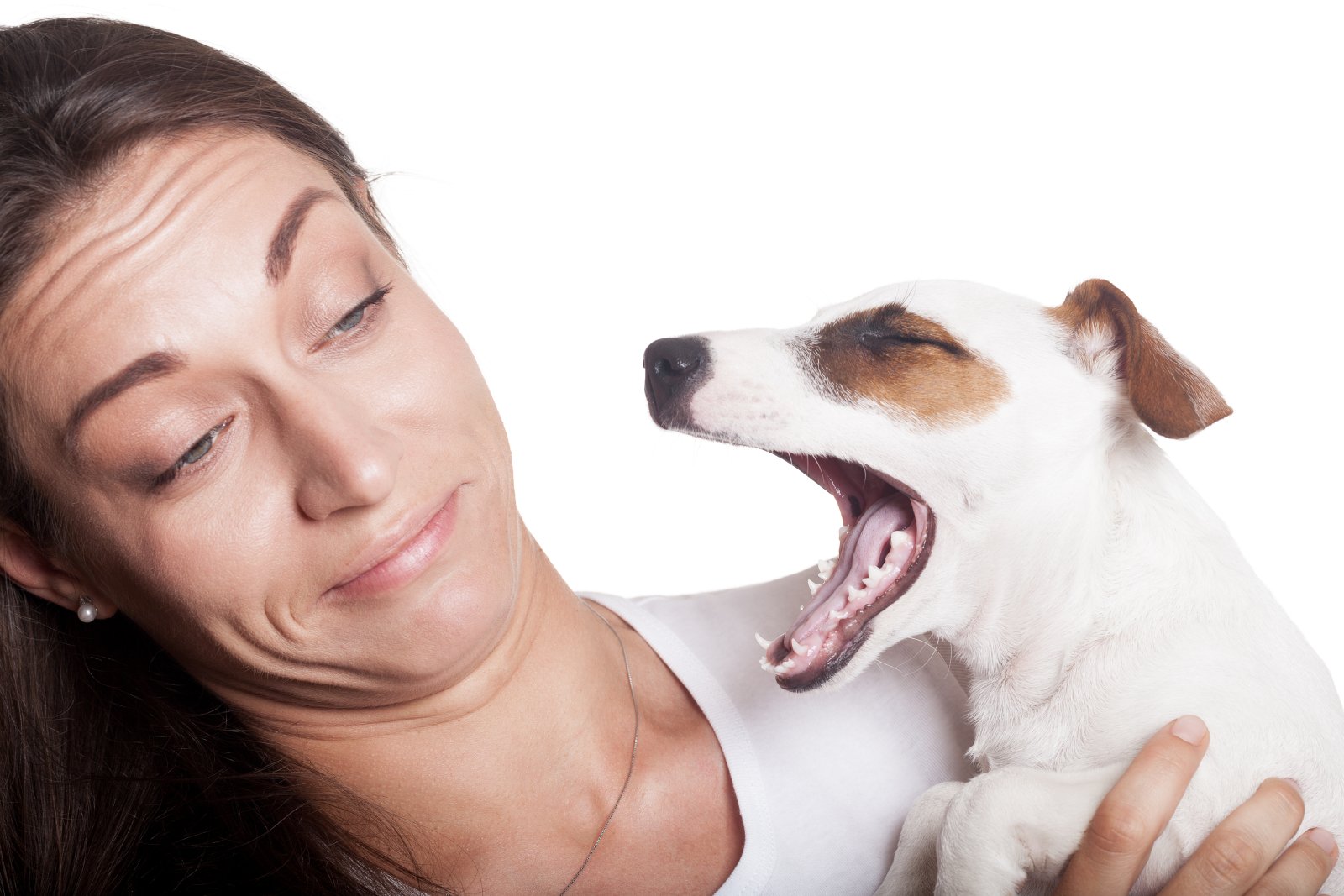Dogs communicate their discomfort and distress through various subtle behaviours. As a pet owner, understanding these signs can help you address potential issues before they become serious. Are you missing the hidden messages your dog is trying to send?
1. Shuddering

If your dog is shuddering or trembling, it might be experiencing pain or anxiety. Observe the context and consider consulting your vet if this behaviour persists.
2. Staring at a Wall

A dog that frequently stares at walls could be suffering from cognitive dysfunction or vision problems. This behaviour warrants a thorough vet examination.
3. Excessive Licking

Constant licking, especially of the paws, can indicate allergies, anxiety, or even pain. Identify any patterns or triggers to help address the underlying cause.
4. Whining Without Apparent Reason

Frequent whining with no clear cause may be a sign of stress or discomfort. Pay attention to when and where this occurs to identify potential stressors.
5. Hiding

If your usually social dog starts hiding, it could be feeling unwell or anxious. A sudden change in behaviour like this should be taken seriously.
6. Avoiding Eye Contact

Dogs avoiding eye contact might be feeling threatened, anxious, or in pain. It’s important to create a calm environment and assess for any physical issues.
7. Pacing

Pacing back and forth can indicate restlessness or discomfort, often associated with anxiety or pain. Monitor your dog’s environment for possible causes.
8. Excessive Drooling

While some dogs drool more than others, a sudden increase can be a sign of nausea, dental issues, or anxiety. Consult your vet if you notice a significant change.
9. Barking at Nothing

Frequent barking at seemingly nothing could be due to anxiety, cognitive dysfunction, or unseen stimuli like pests. Investigate the cause to provide appropriate relief.
10. Loss of Interest in Favourite Activities

If your dog suddenly loses interest in its favourite toys or activities, it might be feeling unwell or depressed. Monitor for other changes in behaviour or appetite.
11. Increased Aggression

Uncharacteristic aggression can be a sign of pain, fear, or confusion. Seek professional advice to understand and manage this behaviour safely.
12. Lethargy

A dog that becomes unusually lethargic might be suffering from underlying health issues or depression. Persistent lethargy should prompt a visit to the vet.
Don’t Ignore the Signs: Your Dog Needs You

Your dog’s subtle behaviours are important indicators of their well-being. By paying close attention and acting on these signs, you can ensure your pet lives a happy, healthy life. Are you ready to listen to what your dog is trying to tell you?
Featured Image Credit: Pexel / Sidde.
For transparency, this content was partly developed with AI assistance and carefully curated by an experienced editor to be informative and ensure accuracy.

